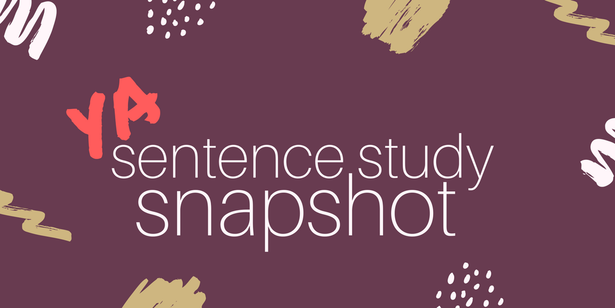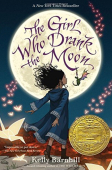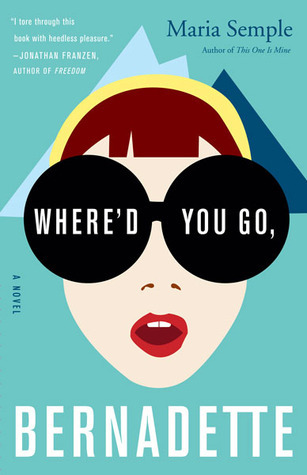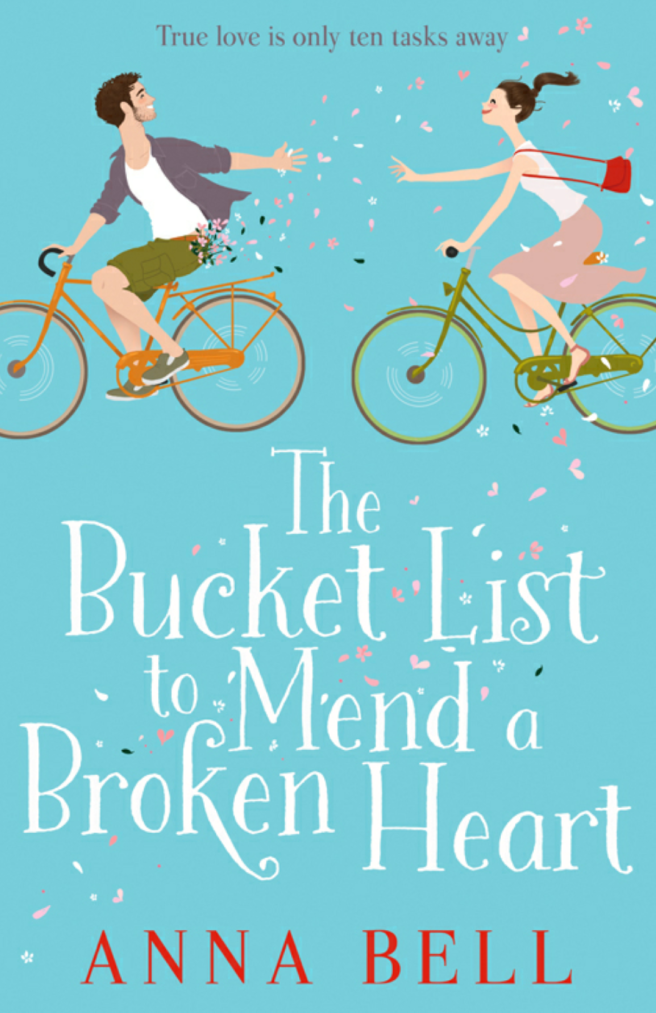
 The Girl Who Drank the Moon by Kelly Barnhill
The Girl Who Drank the Moon by Kelly Barnhill
Grades 6-12 — Truly, there is something here for middle grades readers, and something for AP/IB literature students. (It’s my dream to do a joint middle school / IB seniors book club around this text. Hear that, Stefanie? ;))
Book Talk:This fairy tale tells the story of a kingdom known as the Protectorate and the witch who lives in the wood surrounding it. Each year, in order to keep the witch at bay, the elders of the Protectorate sacrifice the community’s last-born baby. What the citizens don’t know, though, is that the witch isn’t real — she’s a scapegoat devised by the elders to keep the people in line.
Or so they think. There IS a witch who lives in the woods — a good witch who takes the baby and gives them to loving families in other kingdoms. But one day she keeps one of the babies who becomes filled to the brim with magic from drinking moonlight. This book is the story of her growth from magical infant to adolescent. It’s a story about perception versus reality, the lies we tell to keep ourselves safe, the sacrifices we make for love, and what happens when people begin asking questions and resisting. And, of course, it won the Newberry.
Sentence Study:“A swallow in flight is graceful, agile, and precise. It hooks, swoops, dives, twists, and beats. It is a dancer, a musician, an arrow. Usually. This swallow stumbled from tree to tree. No arabesques. No gathering speed. Its spotted breast lost feathers by the fistful. Its eyes were dull. It hit the trunk of an alder tree and tumbled into the arms of a pine…”This passage can help writers…The Girl Who Drank the Moon, p. 255
- Compare and contrast expectations and reality
- Move around time in a passage
- Describe
- Use meaningful fragments
- Use sound devices
- Paragraph 1 is in present tense (expectations), paragraph 3 (reality) is in past tense (like the rest of the book)
- Paragraph 2 is a one-word paragraph. It serves as a shift between expectations and reality.
- In paragraph 1, there are three lists. List one is three adjectives. List two is 5 verbs, List three is 3 metaphors.
- There is alliteration in paragraph 3.
- There is assonance in paragraph 1.
- The two sentence fragments in paragraph 3 coordinate with the metaphors in paragraph 1.
- There is personification in paragraph 3 (“the arms of the pine”).
While Kelly Barnhill uses these techniques to describe a bird (a character) in her novel, we could use these techniques to compare and contrast lots of different things. What if you used this to discuss your expectations for the school year versus the reality of the school year? What if you used it to describe a friend or family member who has let you down in some way? Students have used this frame to describe Panda Express and also the setting of a fictional world. Your options are wide open. Select something to compare and contrast in terms of expectations and reality, and see what you can do with this in your notebook!
What possibilities do you see here for your students? How could this sentence / passage study connect with the current literature or writing content in your class? How could it help your students? Leave us a comment below!
Advertisements Share this:






